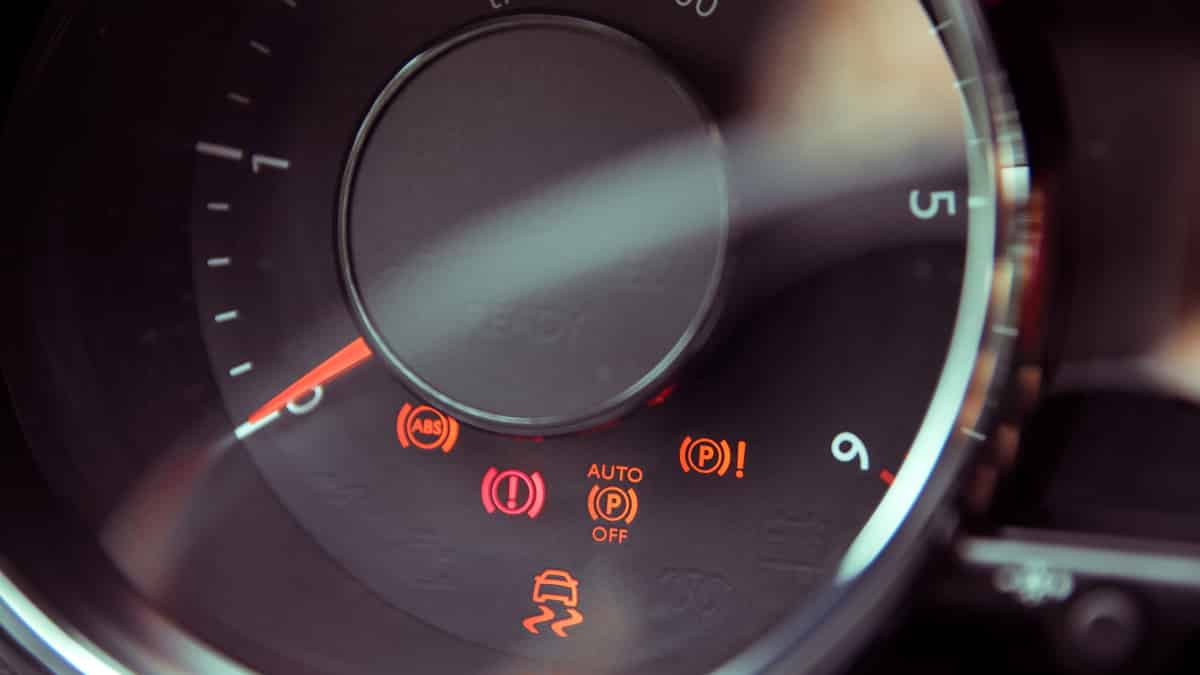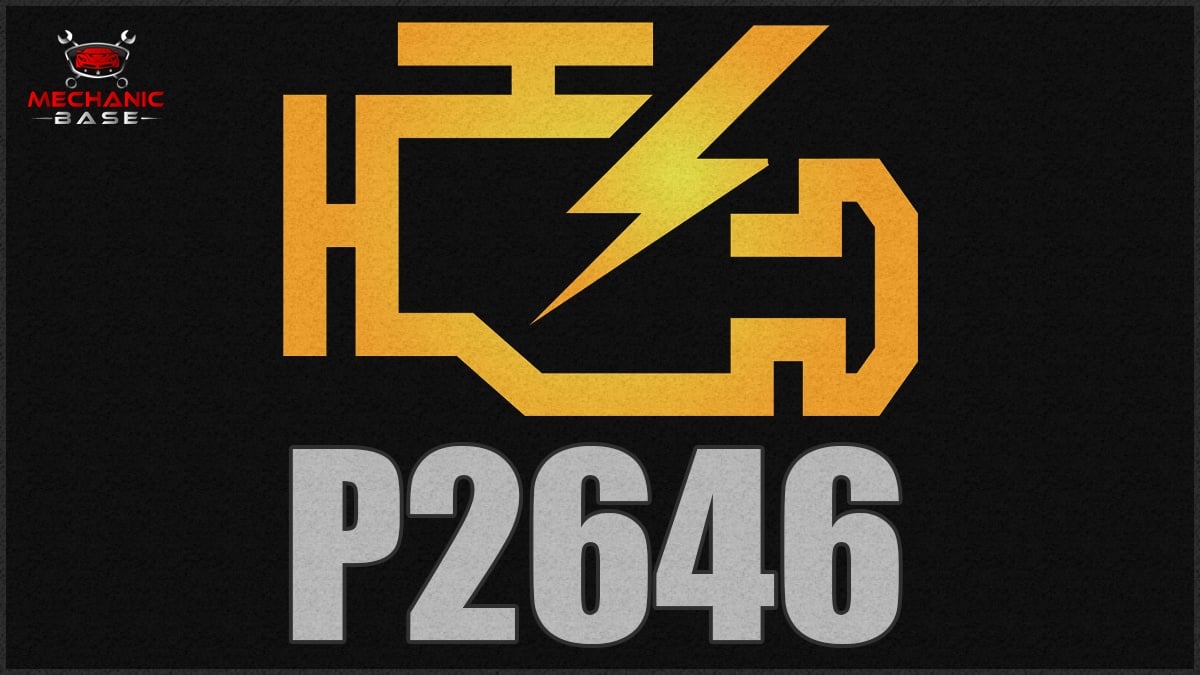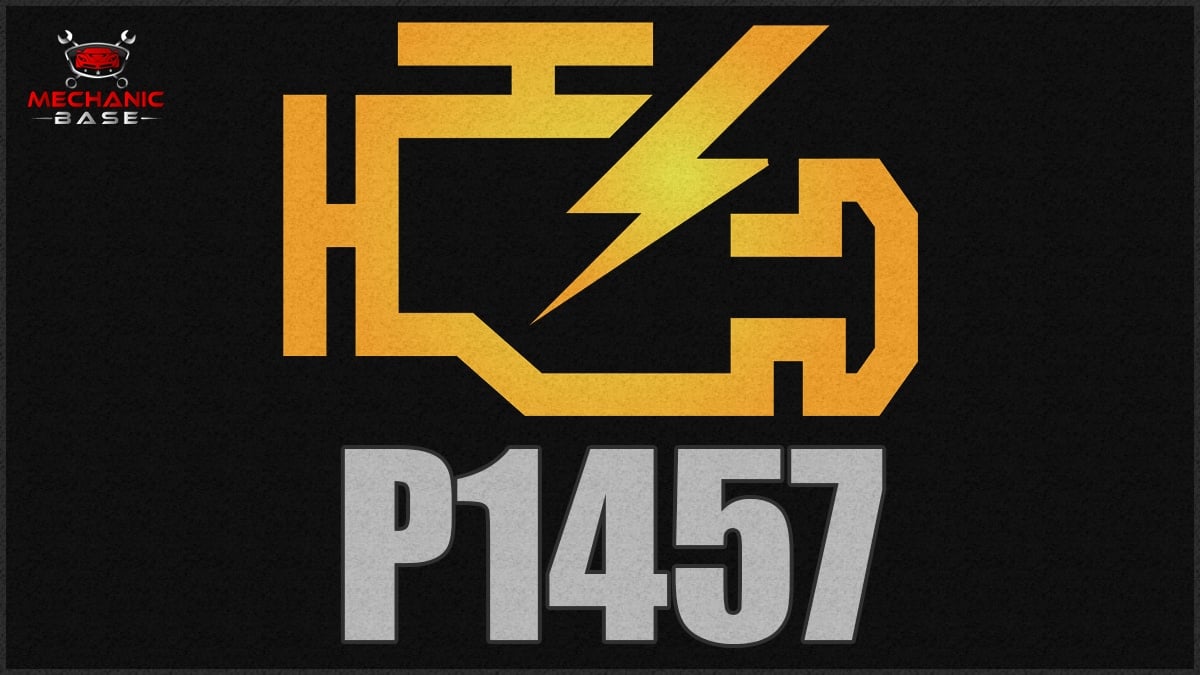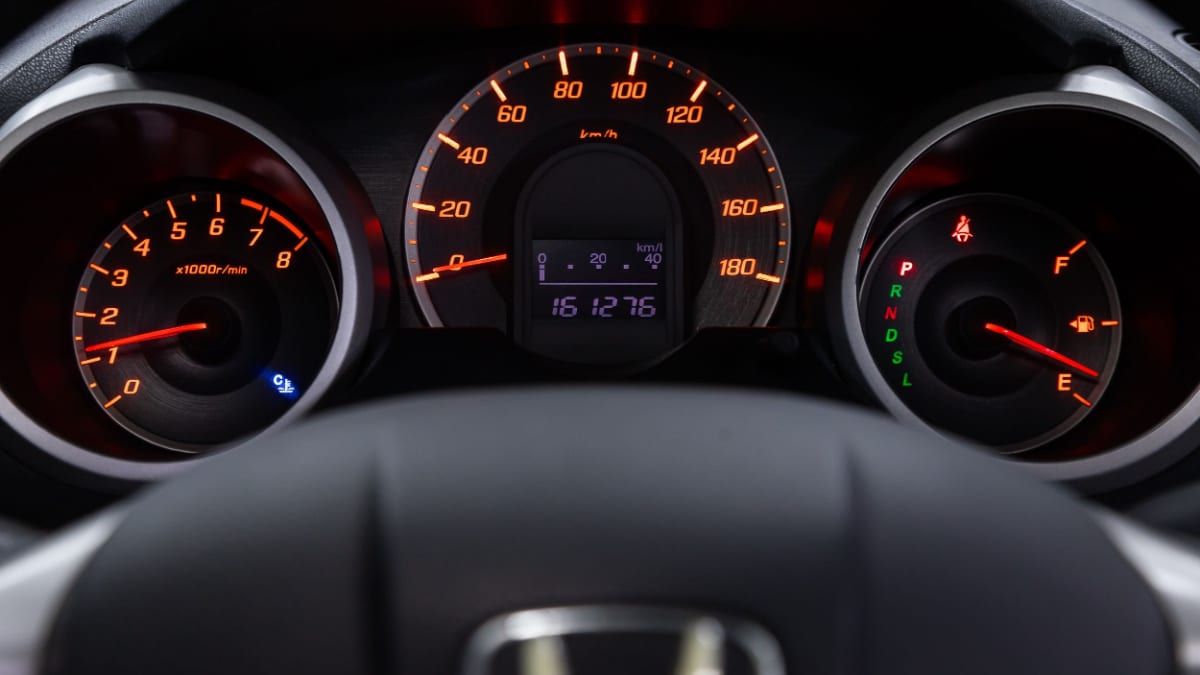On your Honda Pilot dashboard, you may have become familiar with many of the warning lights, but the VTM-4 might be a new one to see. When the VTM-4 light on a Honda Pilot comes on, you may wonder what’s wrong and how to fix it.
In this guide, we cover all of the basics, starting with the meaning of the VTM-4 light. We will also show you the top causes for this light and cover how to fix it. Stick around until the end, when we answer your top questions.
What Does The VTM-4 Light On My Honda Pilot Mean?
The VTM-4 light indicates that the torque management system is active, allowing the Honda Pilot to drive across difficult terrain. It could also indicate an issue with the VTM-4 system, but in many cases, this light doesn’t indicate that anything is wrong other than the system is activated.
If the light remains active while driving across normal roads, the VTM-4 might be engaged when you don’t want it to be. If it remains engaged, the rear differential can suffer abnormal wear, leading to unnecessary repairs. You can also hear strange noises and feel unusual vibrations when this system is in use abnormally.
The VTM-4 system is an advanced all-wheel drive configuration designed to work in numerous ways. You will usually find this system in Honda Pilot, Acura, and Ridgeline. When driving on normal roads, the system disengages on its own. Full engine power is routed to the front wheels and the rear wheels spin independently, creating a fuel-efficient ride. Basically, the car operates as if it was a front-wheel-drive platform.
If the wheels start to spin at different rates or there is any slippage, the system works differently. In this case, the rear clutch packs locks, so power is sent to the rear wheels for better traction. This system automatically engages when driving across snow, mud or other slippery terrain. During this time, the all-wheel drive is activated, so fuel economy will drop slightly.
If you activate the VTM-4 lock manually, the system doesn’t wait for slippage to occur. Instead, the clutch packs remain engaged until you turn the system back to automatic operation. It’s not usually recommended to use the system this way unless you are heading off-road.
Causes Of The VTM-4 Light on Honda Pilot
If the system isn’t activated, but you still see the VTM-4 light, it’s time to figure out why the light is on. A sensor could be to blame or there could be a transmission issue. It’s also possible that some wiring is defective or you have a bad rear differential clutch.
Let’s examine these possibilities in-depth.
1. Faulty Engine Sensor
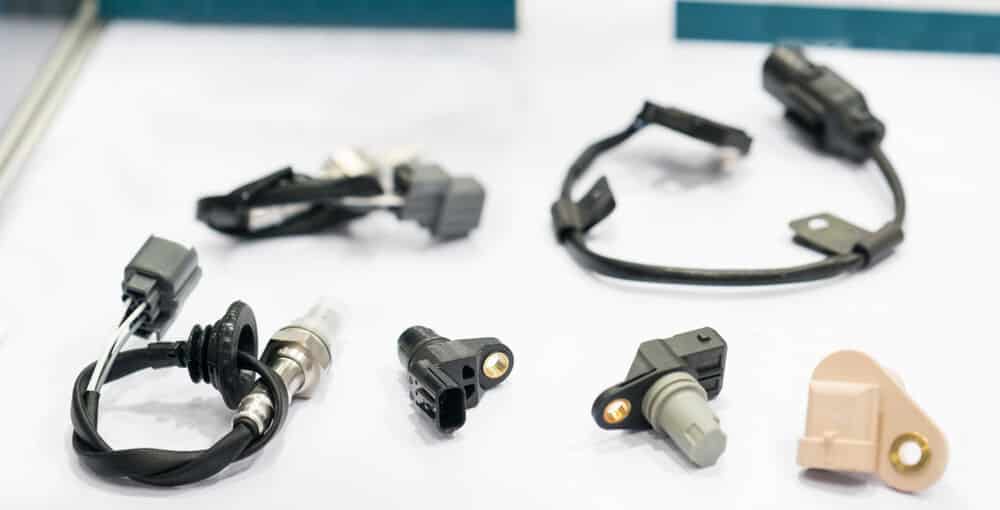
With today’s Honda vehicles, sensors are working to keep everything in order. Engine sensors are used to maintain appropriate fuel consumption, horsepower, emissions and more. If an engine sensor fails or malfunctions, it starts to send out the wrong information.
With this incorrect data, systems alter how they operate to compensate for what is perceived, even if it’s wrong. Depending on what engine sensors have failed, the VTM-4 system could be one that malfunctions.
2. Faulty ABS Wheel Speed Sensor
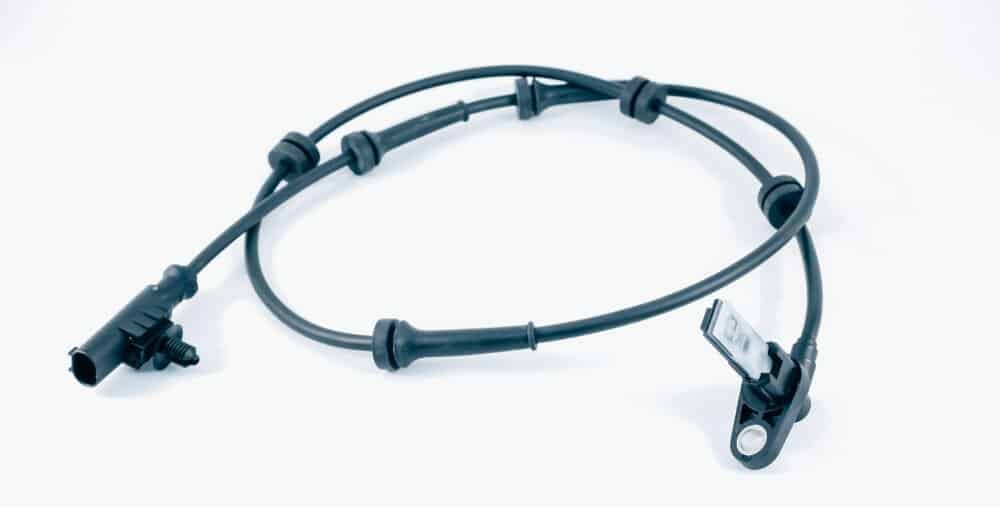
The ABS wheel speed sensor is needed for exactly what it sounds like. These sensors measure the speed of the wheels, so the traction control, torque management and anti-lock brake systems can determine how to operate.
If a wheel speed sensor fails, the data being sent back to the system is going to be incorrect. Therefore, the VTM-4 system may activate even if it’s not needed.
3. Transmission Issues
The transmission and VTM-4 system work in conjunction with one another at all times. That’s why transmission problems can cause the VTM-4 light to come on.
For starters, it’s important to have the right amount of transmission fluid. If the fluid gets low, the systems aren’t going to work properly. There’s also the problem of having contaminated fluid. Once it becomes burnt or old, the transmission can’t provide the support required.
4. Bad Rear Differential Clutch or Sensors
The rear differential clutch allows the wheels to lock when additional traction is needed. If the clutch fails, only one wheel will spin instead of both or they will remain locked when they shouldn’t be.
Additionally, the clutch is run by sensors that can go bad. Any of these issues is known for turning on the VTM-4 light.
5. Wiring Issues
All of these sensors and parts are connected by wires. As with any electrical system, when wires degrade, trouble is sure to follow.
It isn’t just the wires you need to consider. Sometimes, the connectors are to blame, especially if corrosion and wear set in. Your Honda Pilot service manual will help you understand the wiring configuration if this is something that you need to look closer at.
How To Fix The VTM-4 Light On A Honda Pilot
In normal conditions, there’s no reason to fix the VTM-4 light. It’s simply coming on to let you know that the system is activated. However, if the light doesn’t go away when it should, it’s time to start diagnostics.
Here are a few steps to consider.
1. Check VTM-4 Lock Button
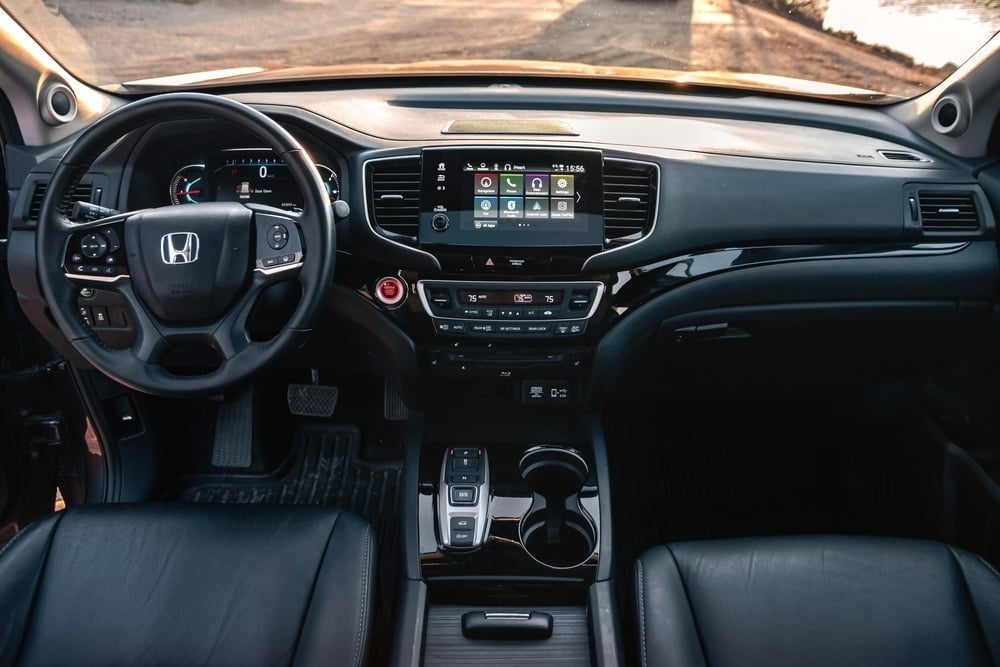
The VTM-4 lock is normally automatic. It’s going to turn on and off as needed, based on the road conditions. However, there’s a way to manually turn the lock on, which is helpful if you are off-roading.
If the light remains on when it shouldn’t be, it’s possible that you left the system manually engaged. All you need to do is press the VTM-4 Lock button and see if the light turns off. This would place the system back into automatic mode. If the light doesn’t go off, move on with the other steps.
2. Read Trouble Codes (All Control Modules)

When there’s a fault with the sensors or systems in today’s cars, the computer sets what is known as an onboard diagnostic trouble code. With a compatible code scanner, you can read these codes and figure out what’s wrong.
However, with the traction control and ABS, you will need a good scanner. Not all of the scanners read the codes from every control module. Once you pull the information from the computer, make sure you reference it with our trouble code library to see what’s going on.
3. Diagnose the Issue
If you’ve pulled the codes but are still having trouble getting the light to go out, it’s time to look through the possible causes above and investigate them further. With the understanding that the VTM-4 system works through the wheels, transmission and other components, there are a lot of aspects to consider.
You can start by examining the wiring. If anything is broken, cracked or worn, it’s time to replace it. You may also consider the air pressure in your tires. Because the speed of each wheel is being measured, there’s a chance that inaccurate pressure is to blame. Fill up the tires to the recommended PSI, as listed on the driver’s side door jamb.
4. Contact a Professional
When you’ve done all you can without any success, it’s time to wave the white flag. Visit your local auto repair shop for more support. With advanced tools and equipment, the certified mechanics will be able to tell you what’s wrong and offer a comprehensive quote for the repair.
If you don’t have a relationship with a mechanic, ask your friends and family who they use. You can also read online reviews to see who the locals trust.
How do I clear the VTM-4 light?
If the VTM-4 light doesn’t go off automatically, make sure you don’t have the system manually engaged. Beyond that, there could be a problem with a sensor, the transmission, wiring or ABS that needs to be repaired before the system will deactivate.
How do you turn off the VTM-4 light on a Honda Pilot?
If you’ve manually engaged the VTM-4 system, press the VTM-4 button in to unlock it. The light should disappear. If it doesn’t, there’s a problem with one of the components. We recommend having it checked by a professional to ensure no further damage occurs.
Can I drive with the VTM-4 light on?
If you are driving on slippery road surfaces, it’s normal for the VTM-4 light to come on. It simply indicates that all-wheel-drive is activated for better traction. If it’s on while driving on normal road surfaces, you want to have the system checked before driving too much further.
When should I change the VTM-4 fluid in my Honda Pilot?
The VTM-4 fluid should be changed regularly to ensure proper operation. Check your Honda Pilot owner’s manual to determine what’s recommended based on the model year you drive. For most Honda vehicles, the recommendation is to change it every 15,000 miles.
You may not be used to seeing the VTM-4 light on your Honda Pilot, especially if you don’t drive on rough roads. To be honest, it’s a light that doesn’t come on frequently, so even our top mechanics aren’t extremely familiar with. However, the times we have diagnosed this light, it’s usually caused by an engine issue, such as a bad engine sensor that needs to be diagnosed with a compatible scanner.
If the light comes on while driving across a slippery surface, it’s doing exactly what it is supposed to. If the light stays on, there’s a problem and you should have it checked out. If you don’t fix it, additional wear and tear will be put on the differential, only leading to more repairs in the future.
Learn more:
- VSA Light Honda – Meaning, Causes (& How To Fix)
- FCW System Failed in Honda – Meaning, Causes & How to fix
- Are Hondas Good Cars? Are They Reliable?
Tags: Honda
Categories: Troubleshooting, Warning Lights






